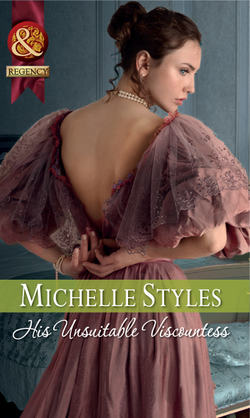Читать книгу His Unsuitable Viscountess - Michelle Styles, Michelle Styles - Страница 3
ОглавлениеAUTHOR NOTE
This book had two major inspirations. First, it amazed me when I learned that the finest swords in England during the Regency Period were manufactured in Shotley Bridge, County Durham. Second, I have been intrigued for a number of years by successful Regency businesswomen—women like Eleanor Coade, whose factory made the famous Coade Stone statues which so evoke gardening in this period, and Sarah Child Villiers, Lady Jersey, who inherited Child and Co from her grandfather because he disapproved of her mother’s elopement.
Lady Jersey served as the senior partner from 1806-1867. She never allowed the men in her life to take an active part in the bank, and retained the right to hire and fire all the other partners. Lady Jersey was also the Lady Patroness of Almack’s, and was responsible for popularising the French Quadrille—the precursor to traditional square dancing.
In 1812 in England fourteen women literally held licences to print money because they were senior partners in a variety of private banks. The two wealthiest bankers in London in the 1820s were the Peeresses—Lady Jersey and the Duchess of St Alban’s, who was the senior partner at Courts. However, for some reason Regency businesswomen have often been ignored or overlooked in the history books, and it is hard to find more than snippets about them. The sole biography of the Duchess of St Alban’s dates from 1839. One of the best books on the subject that I have found is Women Who Made Money: Women Partners in British Private Banks 1752-1906 by Dawes and Selwyn (Trafford Publishing, November 2010).
Hopefully you will enjoy my story of Eleanor Blackwell as much as I enjoyed writing it.
As ever, I welcome all feedback from readers.
Michelle
